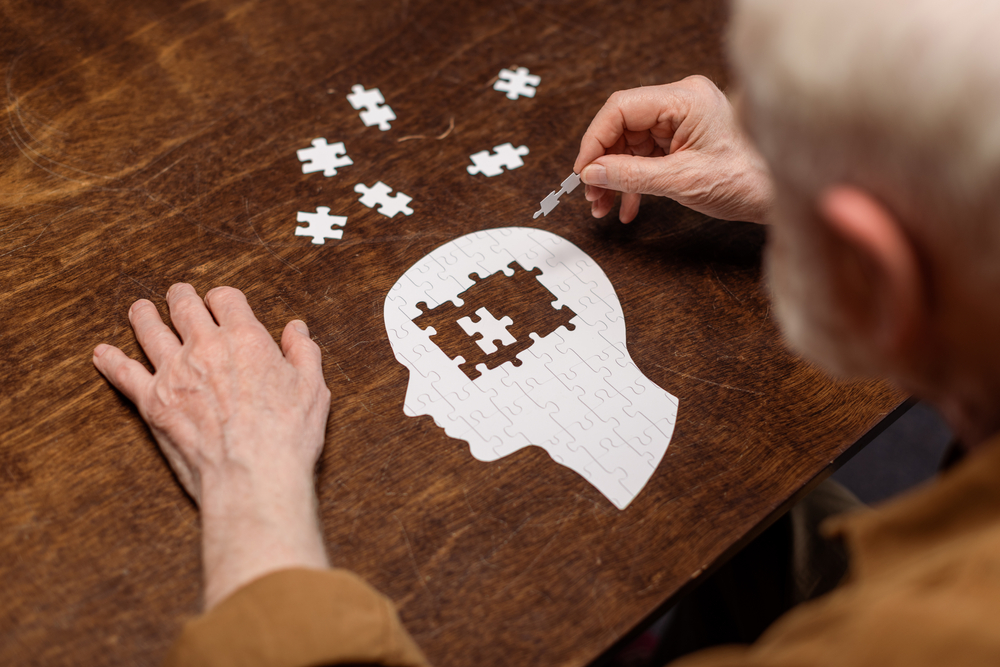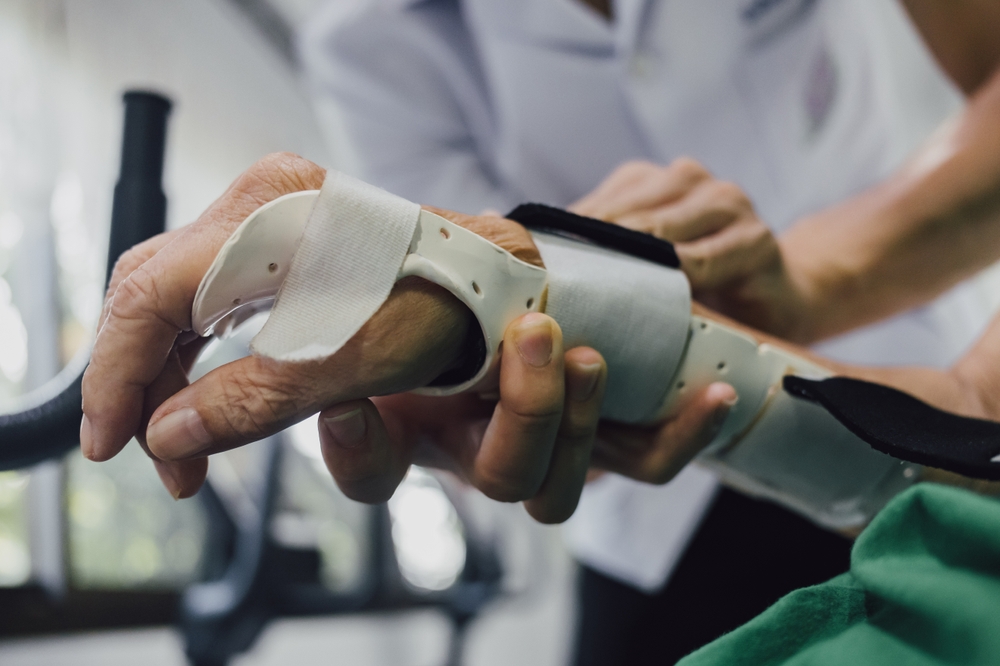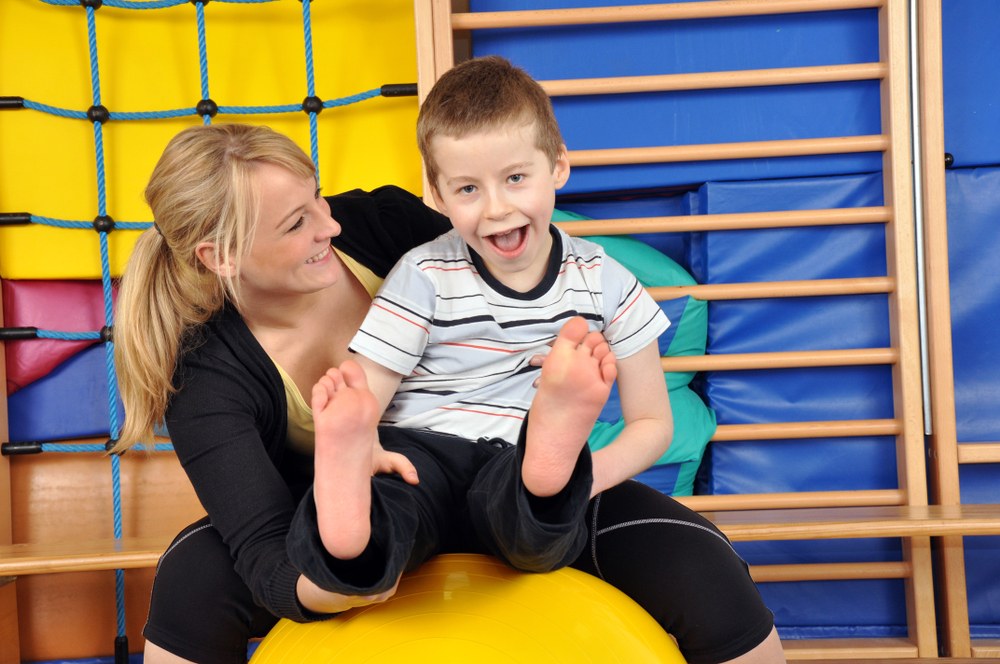Make an Appointment
Children with autism spectrum disorder (ASD) often experience sensory processing challenges, known clinically as Sensory Processing Disorder (SPD), where their brains respond unusually to sights, sounds, touch, taste, or movement. Sensory integration therapy (SIT) is an evidence-informed approach that helps these children organise sensory input so they can participate more comfortably in daily tasks, learning, and social activities.
Sensory integration therapy was originally developed by occupational therapist Dr. A. Jean Ayres. It’s based on the principle that by providing “just-right” sensory experiences, tailored to each child’s unique sensory profile, children can learn to modulate their responses and improve functional skills (e.g., handwriting, play, self-care) Autism CRC.
Early intervention is key: the brain’s plasticity in childhood allows for more profound gains when SIT is introduced before sensory patterns become entrenched. In Australia, best-practice guidelines emphasise a family-centred, goal-oriented approach delivered by trained occupational therapists within a multidisciplinary team dataresearch.ndis.gov.au.

What is the Sensory Integration Therapy Approach for Autism?
Sensory integration therapy for autism involves:
1. Individualised Sensory Assessment
- Therapists use standardised tools (e.g., Sensory Integration and Praxis Tests) and clinical observations to map a child’s sensory strengths and challenges.
- This assessment informs a customised plan targeting the child’s “just-right” sensory inputs.
2. Therapeutic Activities
- Deep Pressure and Proprioceptive Input: Activities like weighted blankets or bear hugs help calm an over-responsive system.
- Vestibular Challenges: Controlled swings or balance beams promote stability and body-awareness.
- Tactile Play: Textured materials (e.g., rice bins, playdough) gently expose children to varied touch experiences without overwhelming them.
3. “Just-Right” Challenge
- Therapeutic activities are graded so they’re neither too easy nor too difficult, encouraging active engagement and gradual progress.
4. Family and Caregiver Training
- Parents learn to extend therapeutic strategies into daily routines, enabling consistency and reinforcing skills between therapy sessions.
At Physio Inq, our Occupational Therapy for Children service delivers SIT in a purpose-built clinic or via in-home OT sessions, ensuring children feel safe and supported.
Parham et al. outline ten core elements that underpin effective SIT for children with ASD, emphasising sensory opportunities, child-led play, and optimal arousal levels Autism CRC.

Is SPD Covered by NDIS?
Families often wonder whether sensory processing supports qualify for NDIS funding. In most cases:
Sensory Equipment: Items such as swings, weighted blankets, and noise-cancelling headphones can be funded if they are:
- Evidence-based supports directly related to the child’s assessed sensory needs.
- Value for money compared with other supports.
- Safe and effective, with clear indications of benefit.
Allied Health Reports: An allied health professional’s assessment report, detailing why specific sensory equipment is required for personal care, safety, or long-term functional outcomes, is essential for NDIS approval.
Early Intervention: Children under 7 with a diagnosis of ASD and SPD may qualify for early intervention supports that include SIT, both in-home and clinic-based.
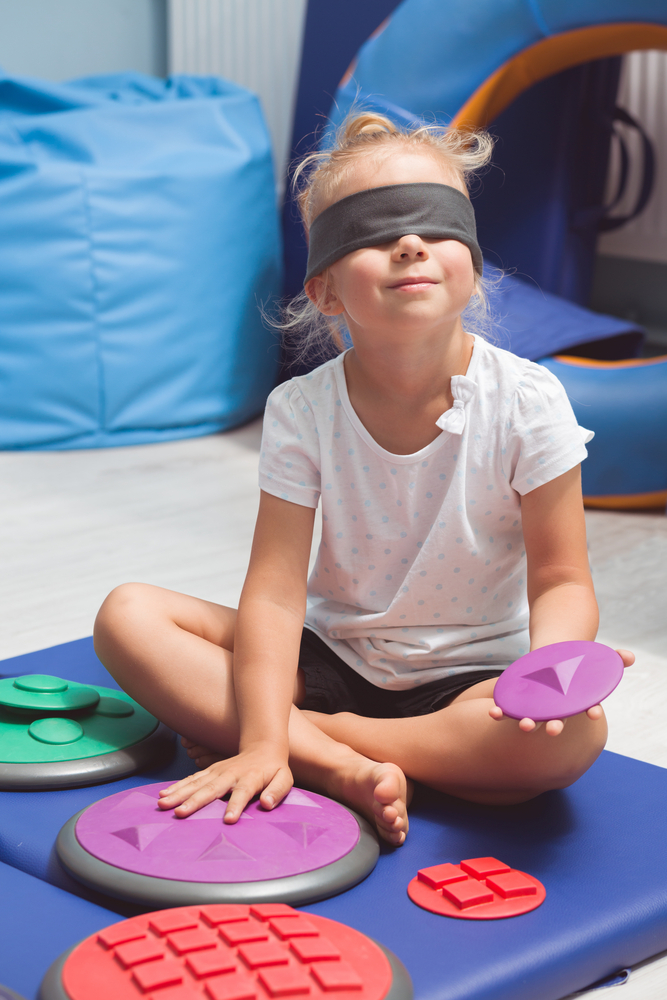
What are Examples of Sensory Integration Therapy?
- Proprioceptive: Weighted vests/blankets, pushing a therapy ball - Calms nervous system, improves body awareness
- Vestibular: Platform swings, balance boards - Enhances spatial orientation, balance control
- Tactile: Textured mats, foam blocks, finger painting - Reduces tactile defensiveness, improves fine motor
- Oral/Mouth: Chewy tubes, vibrating toothbrushes - Regulates oral motor patterns, supports feeding
- Auditory: Noise-cancelling headphones, rhythmic drumming - Manages sound sensitivity, improves attention
All these interventions are administered under the guidance of an occupational therapist trained in Ayres Sensory Integration. At Physio Inq, our paediatric OTs design sessions that blend these tools into playful, goal-directed activities via Paediatric Occupational Therapy.
The Autism CRC Evidence Report categorises sensory-based interventions and summarises the strength of evidence for each approach dataresearch.ndis.gov.au.
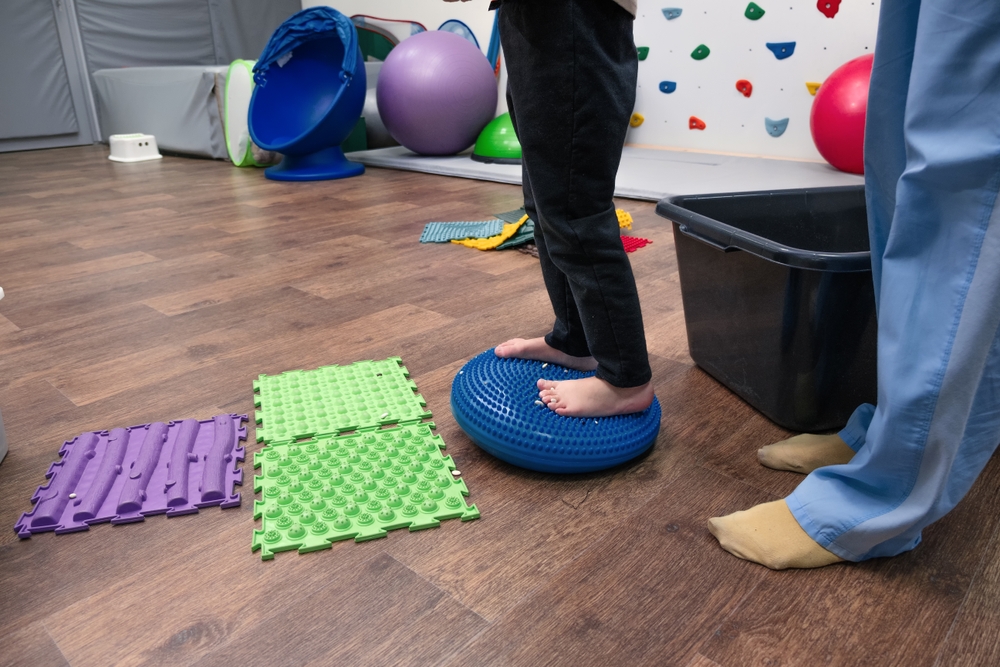
What are Coping Mechanisms for SPD?
Children with SPD can learn self-regulation strategies that complement formal therapy:
Deep Pressure Techniques
- Hugging a Compression Vest: Promotes proprioceptive input in scary or overstimulating environments.
- Using a Lap-Pad: Weighted lap pads during quiet tasks help maintain focus.
Sensory Diets
- A schedule of planned sensory activities throughout the day, such as jumping jacks, rolling on a therapy ball, or short tactile play breaks, keeps the child optimally aroused.
Quiet/Calm Zones
- Creating a space at home or school equipped with low lighting, soft cushions, and headphones where the child can retreat to recover from sensory overload.
Visual Schedules
- Predictable routines displayed with pictures reduce anxiety related to unexpected sensory experiences.
Breathing and Mindfulness
- Simple breathing exercises (e.g., blowing bubbles) can help children slow down and regulate their nervous system.
These coping mechanisms, taught by Occupational Therapy and reinforced by families, empower children to manage sensory challenges proactively.
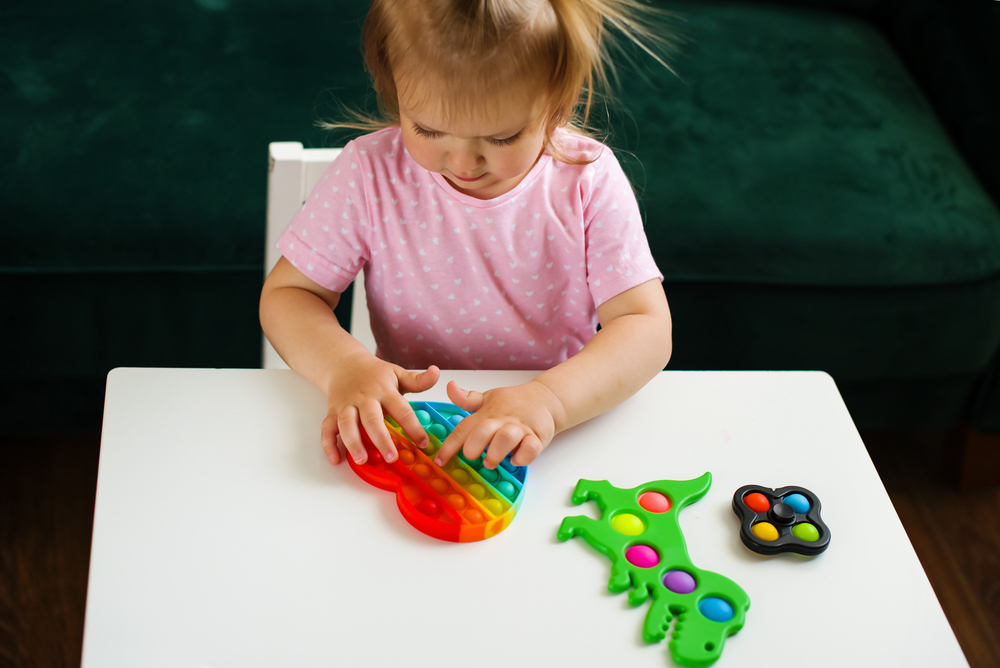
Frequently Asked Questions (FAQs)
Q1. How long does sensory integration therapy take to show benefits?
A: Most children begin to demonstrate improved self-regulation and engagement within 8–12 weeks of consistent SIT, though individual progress varies.
Q2. Is sensory integration therapy evidence-based?
A: Research, including the Autism CRC’s synthesis report, shows moderate to strong evidence for sensory-based interventions improving functional outcomes in children with ASD dataresearch.ndis.gov.au.
Q3. Can SIT replace other therapies?
A: No. Sensory integration is most effective when combined with other interventions (speech therapy, behavioural support, physiotherapy) in a multidisciplinary care plan.
Q4. How do I know if my child has SPD?
A: An occupational therapist conducts standardised assessments (e.g., Sensory Profile) and clinical observations to confirm SPD and guide intervention.
Q5. Will my child outgrow SPD?
A: While some sensory challenges may lessen with age, many children continue to benefit from strategies and supports into adolescence and adulthood.
Q6. How often should SIT sessions be scheduled?
A: Typically 1–2 sessions per week over several months, with home-based activities in between for optimal outcomes.
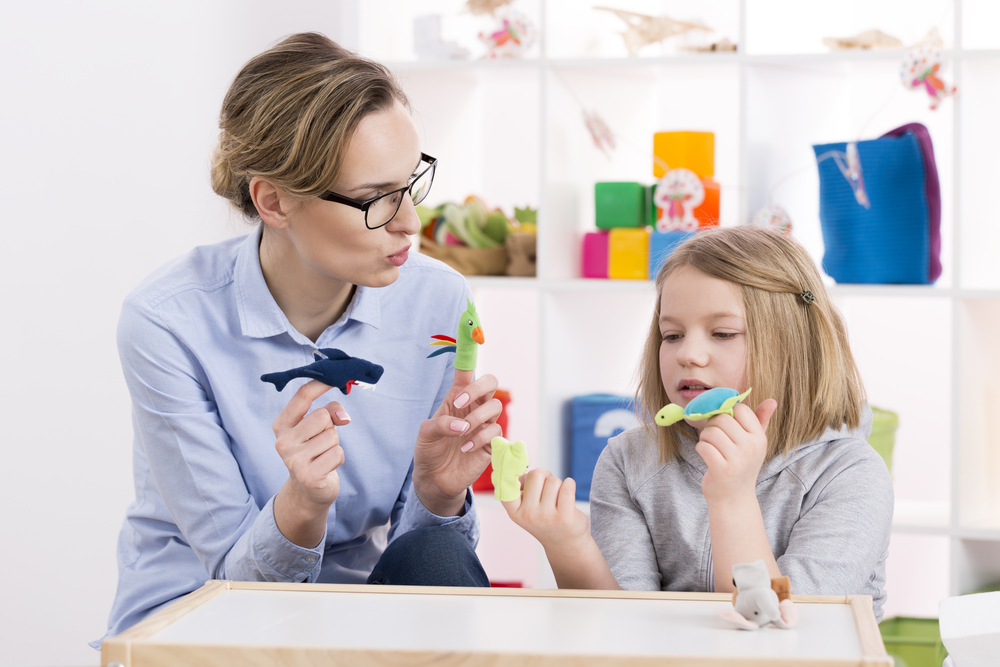
Sensory integration therapy offers a powerful pathway for children with autism to navigate their sensory world more confidently. By understanding the SIT approach, securing NDIS funding for sensory supports, exploring concrete therapy examples, and equipping children with coping mechanisms, families can make lasting improvements in their child’s daily functioning and well-being.
Take the Next Step:
If your child experiences sensory processing challenges, contact us today to discuss a personalised sensory integration plan.
Explore our specialised services:
Empower your child to thrive and begin the journey to improved sensory regulation and independence today.
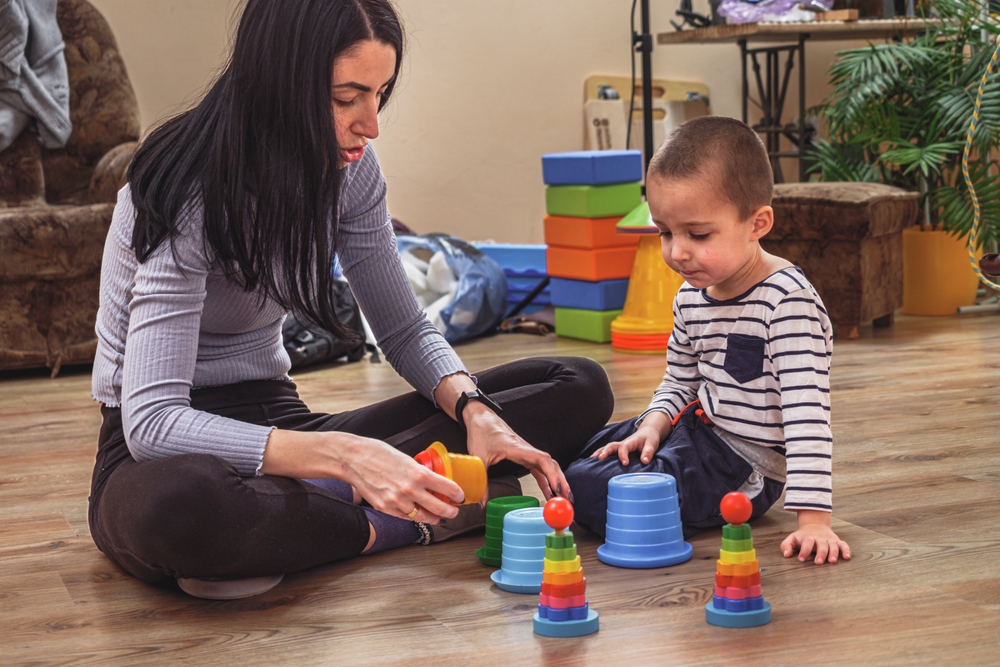
Date Published: Wednesday, April 30, 2025
Locate a Paediatric Occupational Therapy
Service Near me
Get the experience & convinence you deserve to support your or a loved one's allied health needs.
Our Paediatric Occupational Therapy team are currently serving & taking appointments in the following states and regions in Australia:
New South Wales
- Blacktown
- Blue Mountains
- Campbelltown And Macarthur
- Canterbury-Bankstown
- Eastern Suburbs Sydney
- Georges River
- Hawkesbury
- Inner East Sydney
- Inner West Sydney
- Lower North Shore
- Newcastle
- Northern Beaches
- North Sydney
- Parramatta
- Penrith
- South West Sydney
- Sutherland Shire
- Sydney CBD
- The Hills Shire
- Upper North Shore
- Waverley
- Wollongong
Tasmania
Victoria
Need to get into direct contact with ur Client Services team? We're all ears. Call our team directly on 1300 731 733
